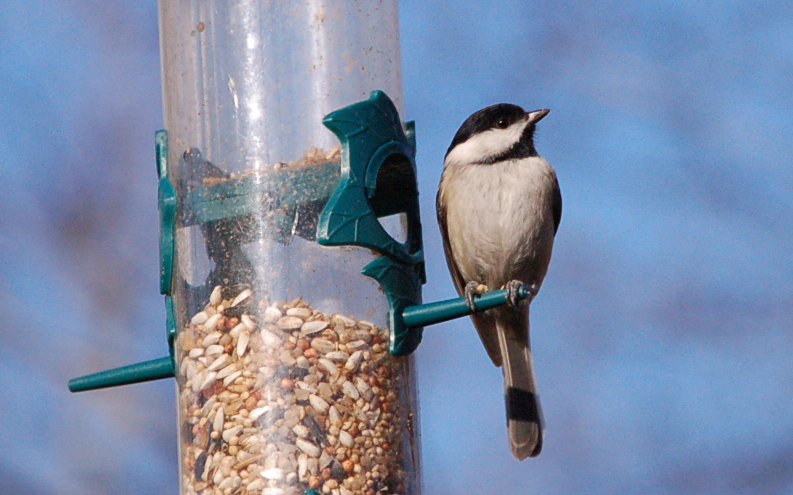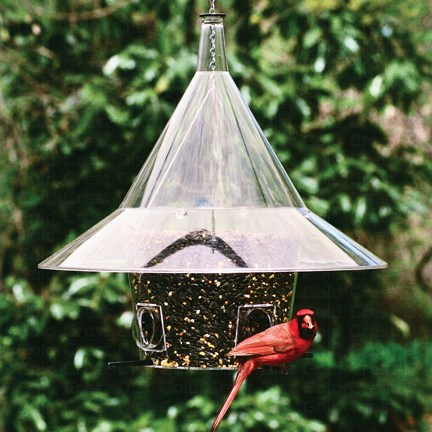
Have you been itching for a way to contribute to science or get your kids interested in birds? Project FeederWatch is back and needs your help.
For as little as $15 and a bird feeder, you can contribute data to one of North America’s citizen science projects that aims to document winter bird visitations to feeders.
We’re two weeks into the young Project FeederWatch season that lasts until April, so you still have more than enough time to join and count birds for the sake of science. Here’s more information.
How to Participate
Participation is very easy. Simply go to the Project FeederWatch website and click the join button. After you register, they’ll send you all the information you need to know about how to document the birds and where to submit your data. There’s a $15 annual fee that helps fund the program and staff, but you’ll also get a subscription to Cornell’s Lab of Ornithology’s Living Bird News if you live in the United States.
You will, however, have to provide your own bird feeder and seed, so if you need one, you can browse through Backyard Chirper’s selection of feeders.
How to Collect Data
If you love birds, chances are you already do everything you need to in order to document bird visitations to your feeders. You will need to watch your feeders as often as you want or as little as you want for two consecutive days. It can be every week or less if you prefer. Then you record the maximum number of each species visible at any one time in your count area. You don’t count birds simply flying over, however. Once you’ve done that for the two consecutive days, you submit your counts to the Project FeederWatch website.
What Happens to the Data?
 Once the count ends in April, all the data collected by helpful citizens like yourself are analyzed by scientists in order to paint an overall picture of species distribution and abundance during winter. This helps find any trends or useful data that will show changes in species over time. With accurate population maps based on the data, scientists can find species at risk.
Once the count ends in April, all the data collected by helpful citizens like yourself are analyzed by scientists in order to paint an overall picture of species distribution and abundance during winter. This helps find any trends or useful data that will show changes in species over time. With accurate population maps based on the data, scientists can find species at risk.
The data each year consistently appears in scientific journals and birdwatching magazines.
Why You Should Participate
If one person tried to conduct a nationwide survey of birds, it would fail miserably. Even if 100 people did this same survey, the data collected would not create accurate population maps. It takes a large amount of people to collect the most accurate and useful data available. Even though you might think you’re just one drop in the sea, it takes many drops to make that sea.
Aside from nobly helping science, this is also a great opportunity to test your bird ID skills, have bonding time with your family or get youngsters interested in birdwatching.


